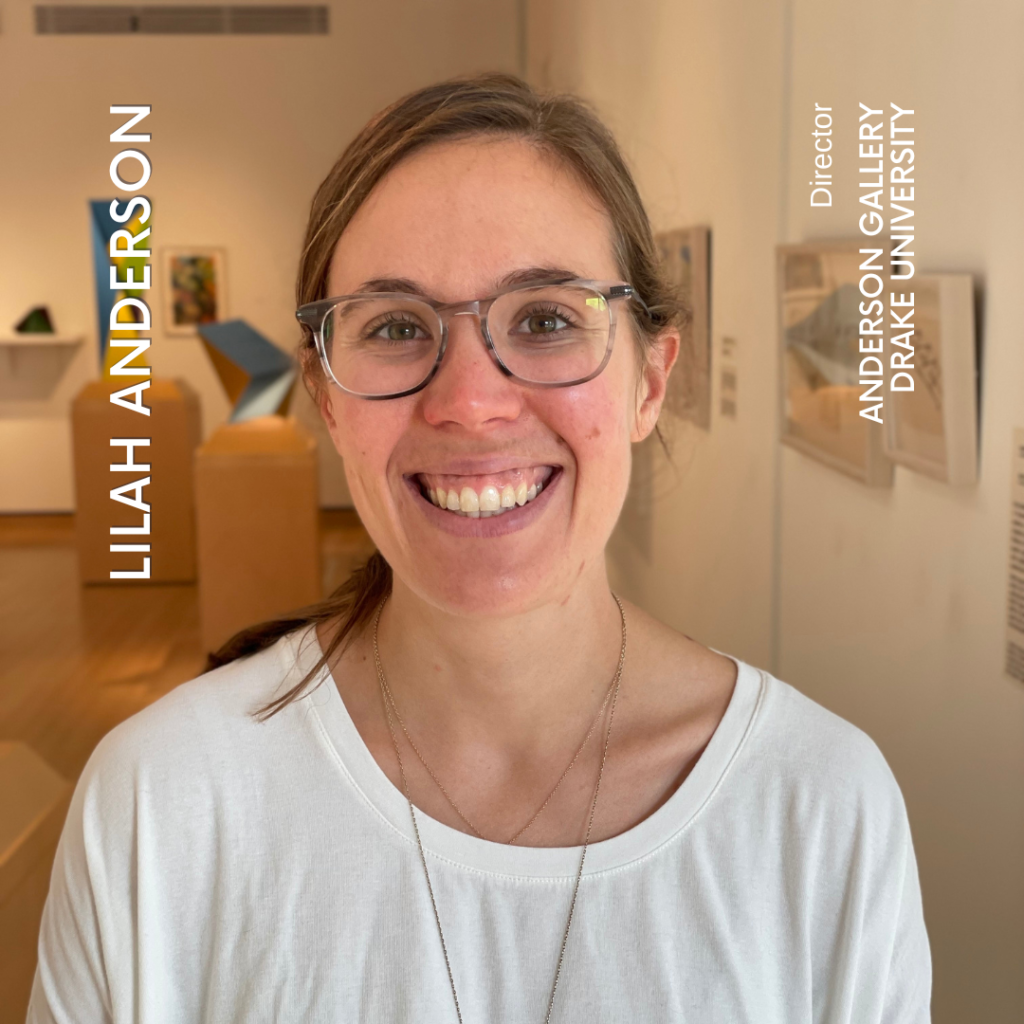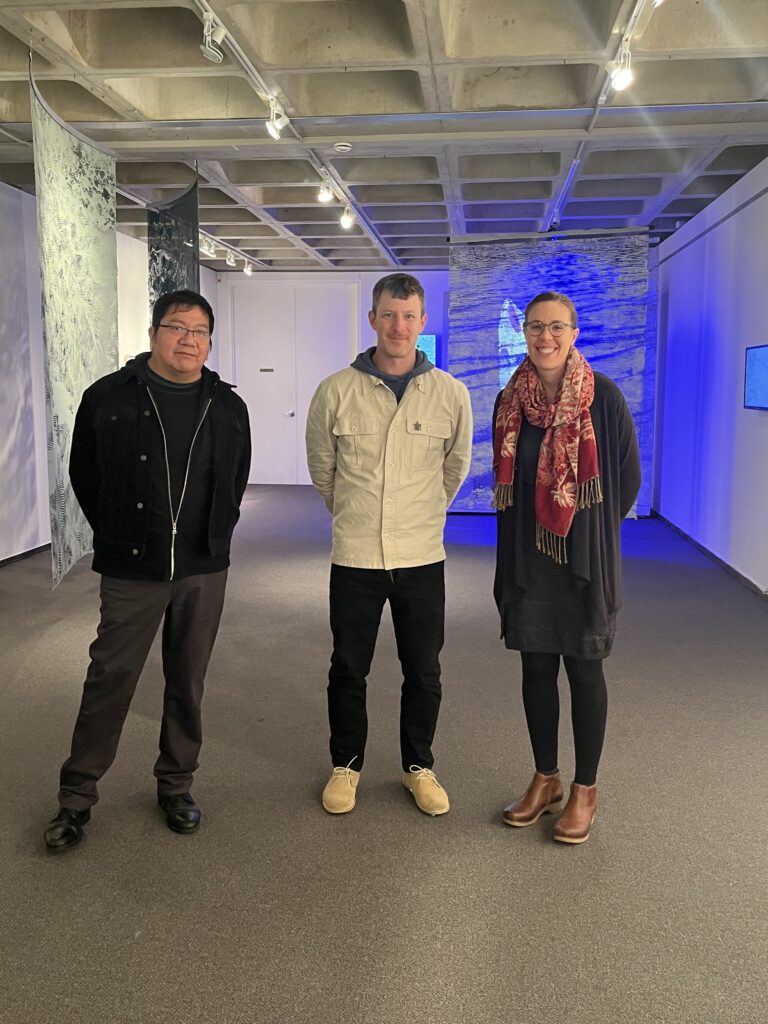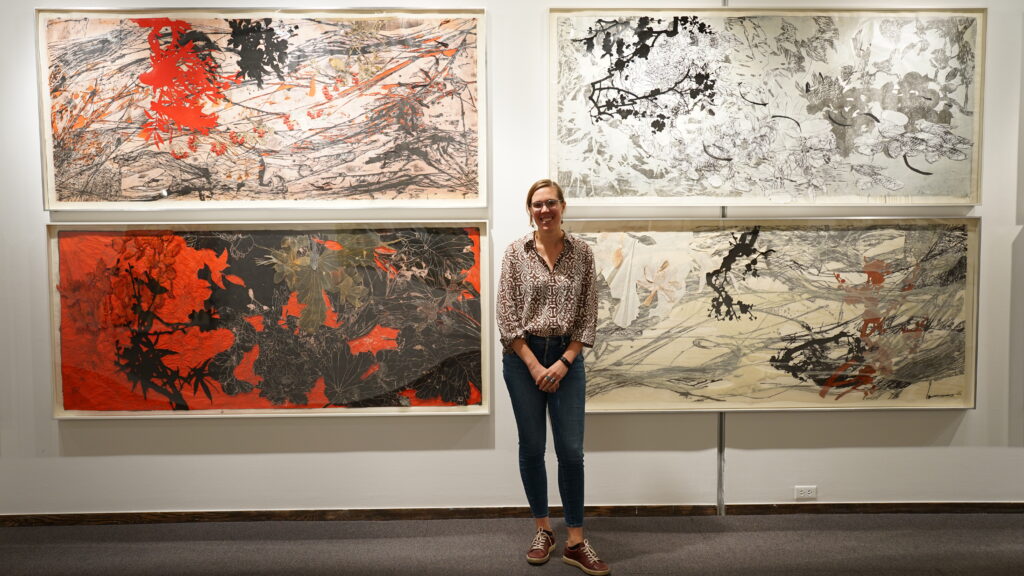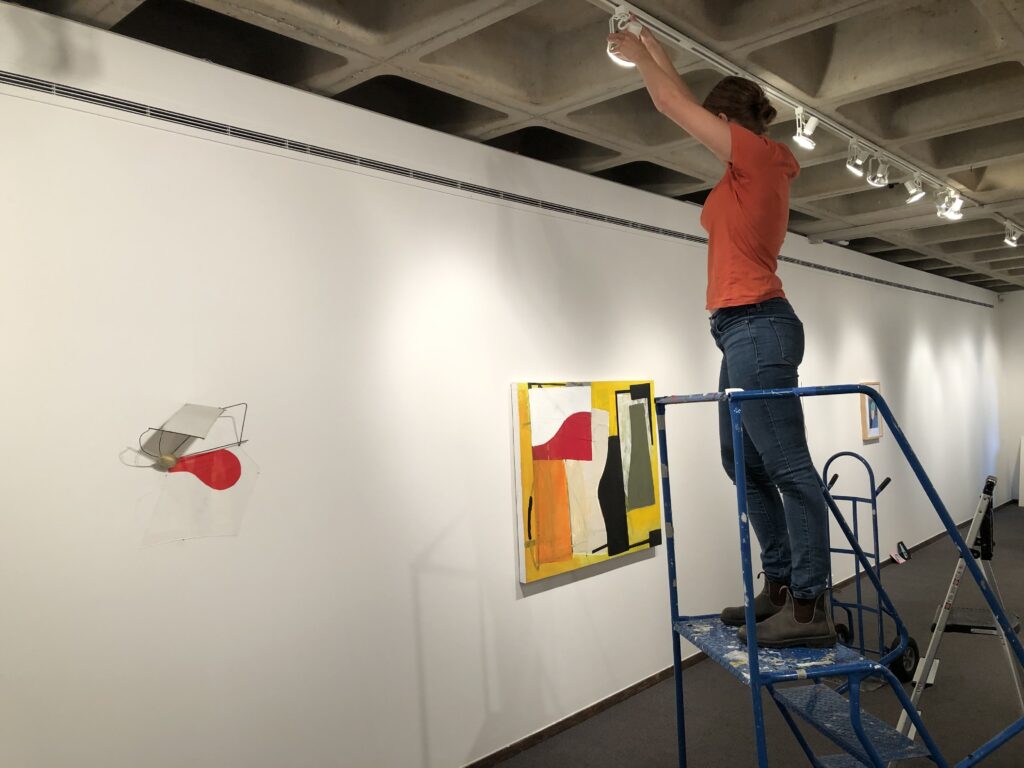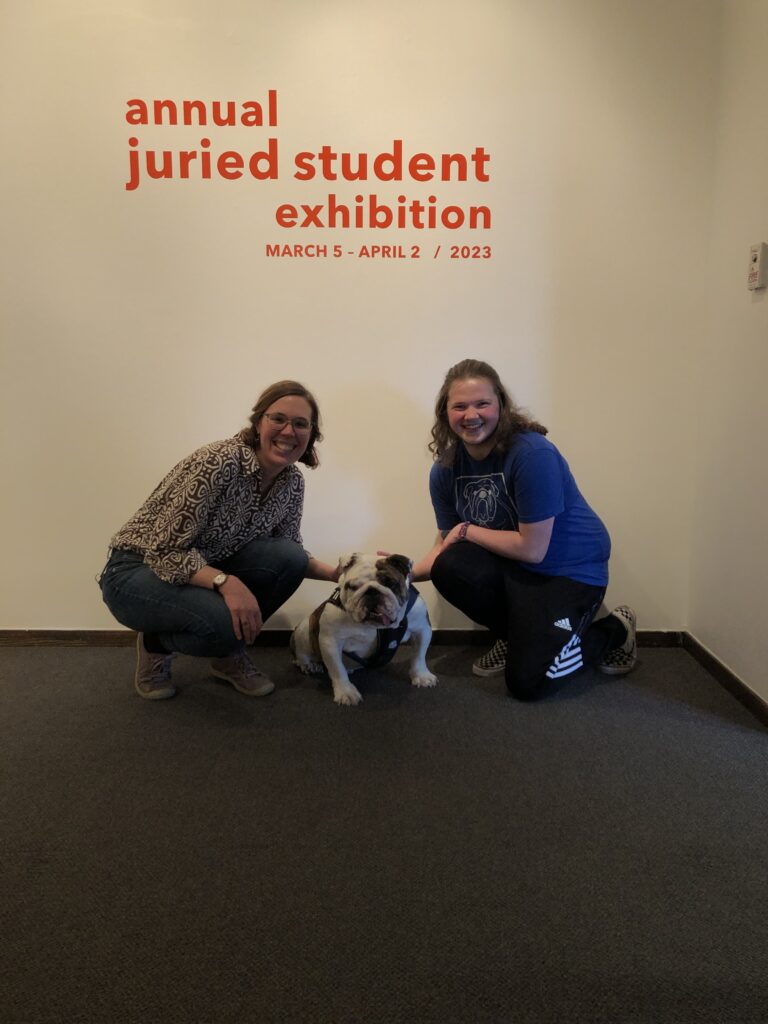Lilah Anderson is the Director of the Anderson Gallery at Drake University. Thank you Lilah for your time and talents shared with the AAMG community!
What’s one thing — either industry/work-related or not — you learned in the past month?
Well I love that my job allows me space to be learning all the time and building skills because there’s always something new to think about and work on. I recently learned about shipping a large sonotube across the country and logistics of moving pianos into the gallery for an upcoming program, among other things. Though what stuck with me the most this month was something my uncle said to me, “If you let it bother you, it will bother you.” And I have found that to be a helpful motto in thinking about how to move forward from things that don’t turn out like you planned.
What do you value about your membership with AAMG?
I really appreciate the community it offers. As the single full-time staff of the Anderson Gallery and the only person at my institution who is doing what I am, it’s nice to have a network of people who understand the role and can offer advice where needed. I have also found the annual conferences I have attended to be very stimulating and valuable.
If you could trade places with anyone for a day, who would it be?
That is a tough question and I think my answer might change depending on the day but I’d say today it would be Roberta Smith. I have always admired her work and I think it would be wild to have such a visible platform to give your opinions about contemporary art.
Coffee or Tea?
Both! Depends on when. I drink coffee in the morning and herbal tea at night. I also love a good iced tea or coffee in the summer.
Book/Author suggestion?
I recently enjoyed reading Women Talking by Miriam Toews and There, There by Tommy Orange and a classic but a favorite of mine is One Hundred Years of Solitude by Gabriel Garcia Marquez. Those are all fiction but two art books I am currently enjoying are the exhibition catalogs for The Land Carries Our Ancestors: Contemporary Art by Native Americans and Eddie Rodolfo Aparicio.
What did you want to be when you were growing up?
A botanist. I have always loved plants and the outdoors and I started off on that path studying biology as an undergraduate at Bard College. I was a junior when I decided to add a major in art history and then went on to grad school in it but I am from a family of people in the arts, and I think it was hard to stay away from something I knew and loved! But I still spend lots of time in nature and my garden so I never lost that love either.
What do you enjoy most about being a part of an academic museum?
I really appreciate being part of the campus community and having an art space that is not only putting on exhibitions and programs for the general public but that is functioning as an extension of the classroom. Seeing students use the space and interact with the artwork we show is a real joy.
What are your hopes for our industry?
My hope is that academic museums and galleries can continue to be spaces where innovative exhibitions are happening and that smaller galleries like mine can continue to grow their impact on the communities they are in. Our spaces are valuable resources and I’d like to see more people engage with them. I sometimes feel that academic museums are overlooked for public institutions but I think academic galleries and museums are able to push boundaries and are forward thinking in the field just as much as our non-academic counterparts.

